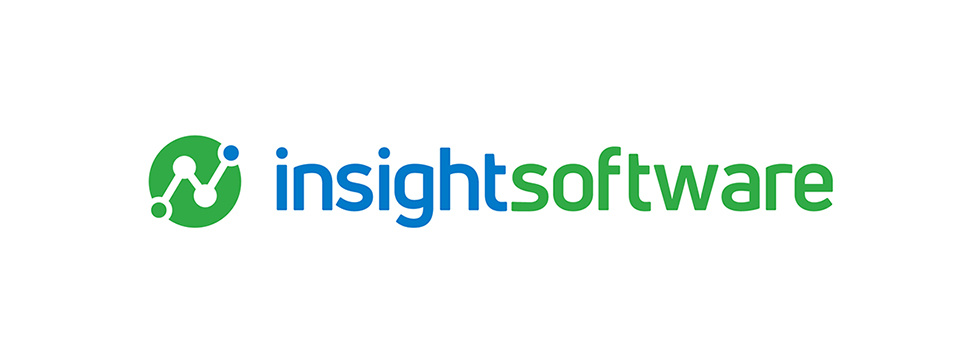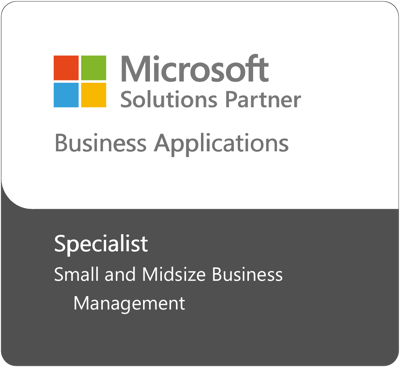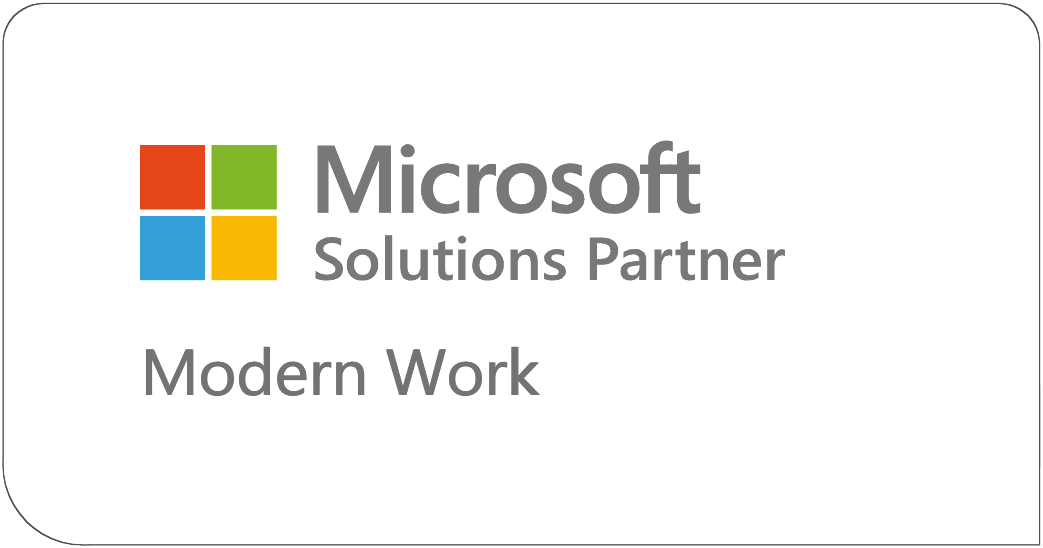A survey done by McKinsey found that just 22% of boards in the US truly comprehend their company’s strategies. While reports are important, many board members aren’t taking the contents of board reports to mind. Having easy-to-read and straightforward board reports is something many companies can work on to forward their vision.
How can you help your company get ahead with comprehensive board reporting that hits home?
Here are some board report best practices to follow that can help you create a report that resonates with members, as well as tips on how to leverage the power of board report software to help streamline your reporting.
What Is a Board Report?
A board report is a document presented to the governing body of a company to help keep the board members up-to-speed on what’s going on within the corporation.
Most corporations consist of multiple departments or committees. Each group needs to update the executive board regularly about their challenges and progress so that everyone can stay abreast of company developments. If significant successes or challenges have occurred, this news needs to be shared.
Prior to a board meeting, it’s common for each committee or department within an organization to compile a board report detailing their progress to be presented to the executive. The executive director also prepares a report, providing a comprehensive overview of the company. A board report is one that combines and summarizes all the committee reports, as well as the report of the executive director, into one document.
The board of directors of a company or an organization typically meets annually, quarterly, or monthly depending on the needs of the firm, in order to communicate. This group has the responsibility of overseeing the management of the firm and setting forth a strategy for the future. Board reports help inform all board participants as to what each committee or department is working on, the challenges they are facing, and what goals they have going forwards.
Why Are Board Reports Important and What Should They Contain?
Have you ever gone on a large family vacation where everyone seems to have their own idea of what’s going on? It can become rather confusing quickly. Board reports help keep different branches of your company informed about what others are doing in order to facilitate decision-making. These reports also provide readers with guidance as to where the company sits at present, and where the executive sees it heading in the future and via which strategies.
A board report can contain many types of information including financial data, data related to key performance indicators (KPIs), and future forecasting. Often, the company’s CEO or CFO will decide on the format this report will take. This report helps to support what will be discussed and addressed in the board meeting and reviewing it can provide those in attendance with a clearer scope of the issues being discussed.
Board meetings and the minutes taken at these meetings must meet certain legal requirements. In the US, these vary from state-to-state.
Board reports are higher level and typically contain information regarding:
- current problems and challenges
- progress reviews
- action oriented strategic plans
- updates on progress made since the previous meeting
- matters to be approved
- financial KPIs
- non-financial KPIs
- reflection on these KPIs
- action to be taken based on the KPIs
- risk and compliance management
- any other matters to be tended to
Current Problems and Challenges
Every company faces its own ups and downs. Being able to navigate these effectively takes planning and foresight. Has a major supplier cut ties? Is the rent in your warehouses going up more than expected? Or, maybe there’s a legal challenge your firm is facing. A board report should contain a summary of the challenges and problems the company is facing at a certain level in order to promote discussion that leads to solutions.
Progress Reviews
A board report need not contain every progress review managers have done to evaluate the performance of employees. This would be cumbersome and take too much time. This being said, the overall progress of the company should most definitely be reviewed. It’s important to assess company performance in order to adjust your business plan accordingly. Is your current plan out of date? Is the company veering off course and heading in a different direction than the one previously intended?
Knowing where you sit with regards to market demands is integral to success. Reviewing the results of the current action plan will allow the company to adjust and thrive.
Action Oriented Strategic Plans
In order to respond to changing needs, action will be required. A board report may contain a summary of the strategic plans the company will undertake and put in place going forward. These plans should outline specific actions the company plans to take. For example, if a previous partner or supplier isn’t working out, what research is going to be conducted to find a better one? Who will undertake this and by what point will a new supplier be secured? Specific, measurable, achievable, relevant, and time-bound (SMART) actions should be presented.
Updates on Progress Made Since the Previous Meeting
Have the plans presented in a previous board meeting gone well? This is the perfect time to share the results. Are there stumbling blocks currently being navigated? Take the time to detail what these are in your report. Provide updates on any progress that has been made since the company’s previous meeting in your report.
Matters to Be Approved
Sometimes there are matters that need to be approved by the board, such as executive’s benefits. These can also be included in your report.
Financial KPIs
It’s important to share financial KPIs in order to paint a picture of the company’s financial health. These might include KPIs related to the organization’s:
- gross profit margin
- net profit margin
- burn rate
- profitability
- leverage
- valuation
- liquidity
- valuation
- operating profit margin
- working capital
- operating expense ratio
By examining these KPIs, executive decisions can be made for the best of the company.
Does Your Company Have Reporting Problems? Download
Five Key Factors To Consider When Evaluating Financial Reporting Software
Non-financial KPIs
Non-financial KPIs are also important to follow and share for the health of your organization. These might include measurements related to:
- the intellectual resources of the company
- employee satisfaction
- employee trust
- management satisfaction
- customer satisfaction
- customer retention
- patents
- processes
- delivery times
- employee training and development
Reflection on how these KPIs can be improved or sustained going forward can also be an element to include in the report.
Compliance Risk Management
Also known as integrity risk, compliance risk management can help your company navigate properly through the hoops of your industry’s laws and regulations. A board report may contain information related to this and detail how the company is dealing with any existing exposure to legal penalties. Major legal hurdles can be time consuming and should be addressed accurately.
Additional Topics
Any other timely matters that need to be addressed in your board meeting should also be included in your report.
By creating a comprehensive overview of where the company is at present, a board report can help all involved navigate with increased precision towards the future.
Types of Board Reports
Various types of board reports exist, reflecting the different information being conveyed. For example, a report being given after a full year will contain considerably more information than one given monthly. Being able to construct your report to best reflect the information at hand and your audience can help you best communicate.
Monthly Board Report
If your executive board meets every four weeks or so, a board of directors report may come in the form of a monthly board report.
A monthly board report isn’t necessarily as comprehensive as an annual report and may stick to changes that have happened since the previous meeting. Similar content may be included with some adjustment.
Annual Board Report
An annual board report is one that’s presented each year with a comprehensive analysis of the previous fiscal year and how the company is performing.
How to Write a Board Report
Writing a comprehensive board report takes time and reflection. Some of the basics you’ll want to provide are:
- the date of the board meeting for which the document is prepared
- board member names
- committees/departments
- a summary of the company’s recent accomplishments
- challenges going forward
- all recommendations to the board of directors
- all recommendations to the CEO or executive director
- financial position of the company
Include information as detailed prior in this article, tailored to meet the needs of your company. Check the best practices listed below to create a document your board members will find easy to read and digest.
Keeping your information clear and to the point by using plain language and enticing visuals can help you draft a report that both shines and communicates effectively.
8 Best Practices for Writing Board Reports
In order to keep your board report inviting and interesting for readers, keep the following best practices in mind. You want to convey the necessary information but you also want people to actually read it! You want to create an engaging report with information that’s easily digestible and actionable. Here are some top tips for doing so.
1. Stick to Simple Language
Larger concepts can often be conveyed using simple language. Your audience is capable of understanding more complex sentences but you don’t want to weigh them down with too much heavy reading. Use industry jargon when needed but avoid overly technical language when you can. Your board members need to be able to digest the information in the report quickly.
2. Remember Your Audience
Your board already knows the background to your company. Include only the information required and avoid going into complex details that need a lot of external explaining to comprehend. Stick to the point and share what they need to know in your report.
3. Be Transparent
While you don’t want to overload your team, you do want to keep them in the loop. Go for transparency. Secrets and withheld information might seem easier in the moment but this can inevitably catch up with you in the future. Share both the good and the bad news for the best overall results. This is necessary to keep everyone informed so they can help you make the best business decisions for your organization going forwards.
Remember to use the “positive sandwich”: if it suits your style, state what’s going well, then go over the weaknesses and challenges, and close by reinforcing the positive.
4.Use Visuals for Your KPIs
Presenting your key performance indicators and other metrics using graphic representations can allow your readers to quickly grasp a lot of information. This can save you from engaging in long-winded explanations by showing the analysis up front. Board management software can be an ideal solution for gaining fantastic visuals easily that allow your information to shine.
5. Give Your Metrics Context
When it comes to your company’s financials, give them context. If profits are rising but something else like market share is falling, this needs to be shared and addressed.
6. Highlight Important Information
You want the most important information in your report to really stick out. Again, visuals like headings, bullet points, graphs and pie charts can help. Use colors throughout your document, as well, to pack a punch.
7. Be Clear
Heavy information that leaves readers lost in a sea of confusion obviously needs to be avoided. Spell out the information concisely to tell the real story. Don’t rely on having your board members figure it out for themselves. If the report isn’t honest and straightforward, what’s the point of creating it in the first place? Describe what your data means and how it can be used by being clear.
8. Consider Using Board Management Software
Physical board reports can be useful and some people like having their reading in their hands rather than on a screen. Digital board report software can help you save trees, however, and allows your board to access the report document from anywhere. If your board meeting is virtual, this could be the easiest and most practical route to take.
Board management software can allow your members to open the report on their device of choice through an app and interact with others. Notes and comments can be left for future use, as well, which can be a bonus, especially to the individual taking minutes and for the generation of future discussions.
insightsoftware offers the solutions to move your company forwards.
Want to learn more about Board Reporting? Read
5 Factors to Consider When Choosing Board Reporting Software
The Benefits of Board Report Software
Board report software, or board management software, consists of a digital platform designed to help your company with corporate board management and governance at an executive level.
Here’s a bit about what board management software can do for you and how your business can benefit.
It Can Help You Improve Financial Transparency
With executive dashboards that can be updated in real time and reports that can be issued in just minutes, board report software can help you keep your financial data timely and accurate, as well as available for everyone to see at all times. This can improve the strategic thinking of your executive team and allow for faster, more precise decision making. There’s no more getting bogged down in excessive details before getting to the data that truly matters.
The numbers behind your business reveal the true story and mistakes in this data can be truly compromising. Board reporting software can help your organization democratize access to financial data and improve its forecasting.
You Can Customize the Software to Meet Your Needs
Some software packages come with a considerable number of bells and whistles you truly don’t need. With an advanced board report system, you can customize the platform to meet your needs. Many enterprise resource planning (ERP) systems don’t actually allow you to prepare a strong summary your board of directors can use. You want to provide the right details but also convey the overall, larger picture. With advanced software you can fine-tune your dashboard and layouts to reveal what matters.
Has a board member requested a certain type of information? You can now easily supply it. There’s no need to contact your IT department to make minor changes or wait long periods of time. The key changes you need can be made instantly, at your fingertips.
Improve Your Financial Reporting
Assisting with the creation and dissemination of board reports is just one aspect that board management software covers. Users can also often schedule meetings, share minutes, and provide insights beyond what’s on the page. And for financial data, integrate and pull directly from your existing ERP to create reports. This can save valuable time and money! No more manual spreadsheets, and numbers entered one at a time by hand. You can reduce your errors and get the right calculations the first time around.
Informative Visuals
Sentences are extremely useful but a picture paints a thousand words. With fantastic visuals, board management software helps you convey a lot of information in little time and space to your audience. Executive dashboards available with this software provide you with graphs, charts, and more to report data intuitively and in ways that are easy to grasp. You can include information from multiple sources in ways that show how you can meet your strategic targets. Make your information pop off the page and have an impact in little time.
Multiple Users and Collaboration
Another attractive asset to board report platforms is that they allow for collaboration. Did someone provide valuable insights during the meeting? Users can easily jot down notes to be used and accessed later on. Comments and discussions can flourish and virtual collaboration can be made easy. Asynchronous discussions can also exist, allowing for collaboration beyond the meeting itself.
Integrated, Real-time Updates
Board management software eliminates the risk of errors in your data that can affect the big picture. Are you pressed to meet a deadline? Did you miss a number or input it incorrectly? Built-in reporting tools are linked directly to your ERP system, allowing you to make last-minute corrections and updates easily. If you update the general ledger this will carry through to your reports generated from the ERP system. Refresh information easily with the most recent data and present a flawless report without a lot of tedious, manual manipulation.
Security
Finally, leading reporting solutions provide you with security you can trust. Your company’s detailed insider information is private and confidential. Designed to keep outsiders out, you can rest assured you’re not using a fly-by-night system that hackers can access. Board management software is specifically constructed to help you produce fast results while maintaining a secure workplace solution.
Get Prepared With insightsoftware
insightsoftware allows your organization to step away from manually-produced spreadsheets and reports so you can get ahead. With integrated solutions that enable idea sharing and accuracy, you can tell a story your board can use. Get effective and well-organized solutions behind your business with leading board report software that goes the distance.
Contact insightsoftware for a live demo tailored to your business. There’s no pressure to purchase and you get to learn what works best for your business. Contact us today for the best corporate solutions.
Link to original blog here.





